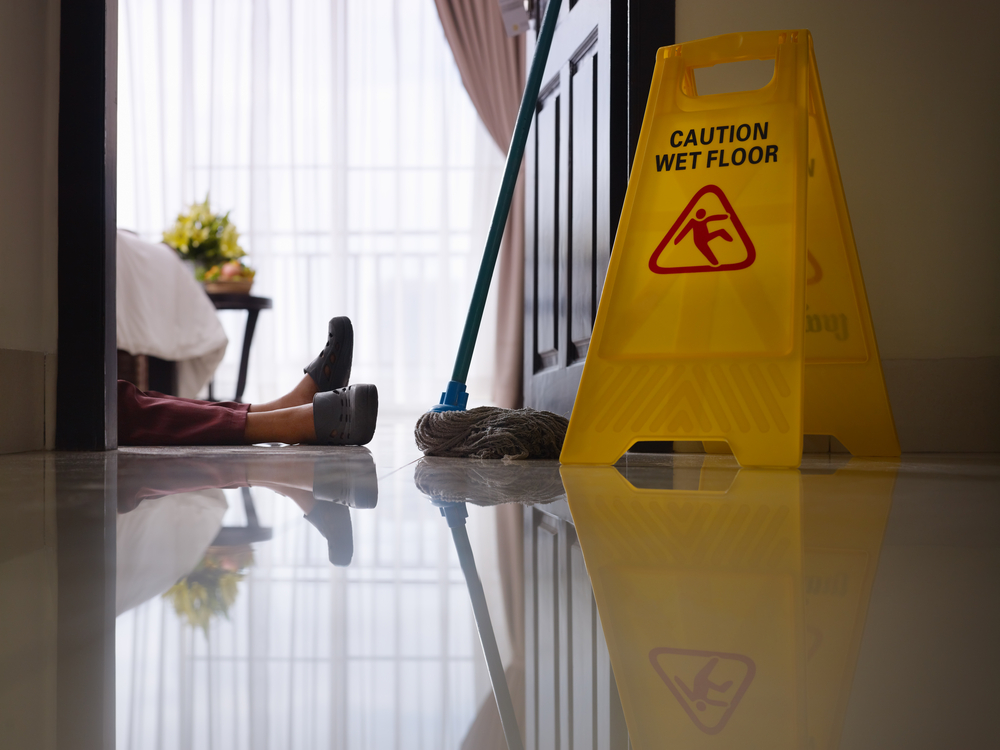Slip and Fall Lawyer
A slip and fall lawyer will share that slip and fall accidents are among the most common types of personal injury lawsuits. Slip and fall incidents can happen in several and are typically the result of a person slipping, tripping, and/or falling on another person or entity’s property due to hazardous conditions. Although slips and fall cases happen frequently, they are notoriously challenging to prove in court.
#1. Establishing Negligence
One of the most challenging aspects of slip and fall cases is proving that the property owner was negligent and ultimately at fault for the victim’s damages. Successful slip and fall cases will require the plaintiff and their lawyer to prove that the property owner had:
- A Duty of Care
- Breached the Duty of Care
- Causation
- Damages
To prove negligence, the plaintiff must prove to the court that the property owner was aware of the hazard or should have reasonably known about it and failed to take appropriate action.
#2. Proving Liability
The plaintiff must also establish liability, proving that the defendant had knowledge of the dangerous condition and failed to rectify the issue.
This can be difficult due to the transitory nature of many hazards, such as spilled liquids or debris, which may have appeared shortly before the accident. In other cases, the plaintiff must prove that the property owner was aware of long-term hazards, such as uneven flooring, and did not take appropriate steps to remedy the problem.
#3. Comparative Versus Contributory Negligence
It’s vital to understand comparative and contributory negligence rules when pursuing cases of this nature. These rules determine whether the plaintiff is partially responsible for the accident. If the plaintiff is partly responsible, their compensation may be reduced. For example, if the plaintiff is found to be 30% responsible for the incident, they will only receive 70% of the total compensation awarded. This adds an additional layer of complexity to slip and fall cases, requiring the plaintiff to prove that they were not at fault for their injuries.
#4. Witness Reliability and Credibility
Eyewitnesses can be crucial in proving a slip-and-fall case. However, establishing reliability and credibility can be challenging. While there may have been witnesses, accounts of the accident may vary, and as a result, recollections may have several discrepancies. Furthermore, witnesses may be hesitant to testify against the property owner or occupier due to fear of retaliation, personal bias, or a reluctance to become involved in a legal matter.
#5. The Statute of Limitations
There is a statute of limitations in place for all personal injury cases, which can vary depending on the state. The statute of limitations is the length of time a person has to take legal action against the responsible party. It will be necessary for victims to gather evidence and take prompt legal action. Delaying the process of filing a claim puts victims at risk of seeing the statute of limitations expire.
Although slip and fall cases are often challenging to prove due to the number of obstacles, with help from a lawyer, it’s possible to overcome these common challenges.

